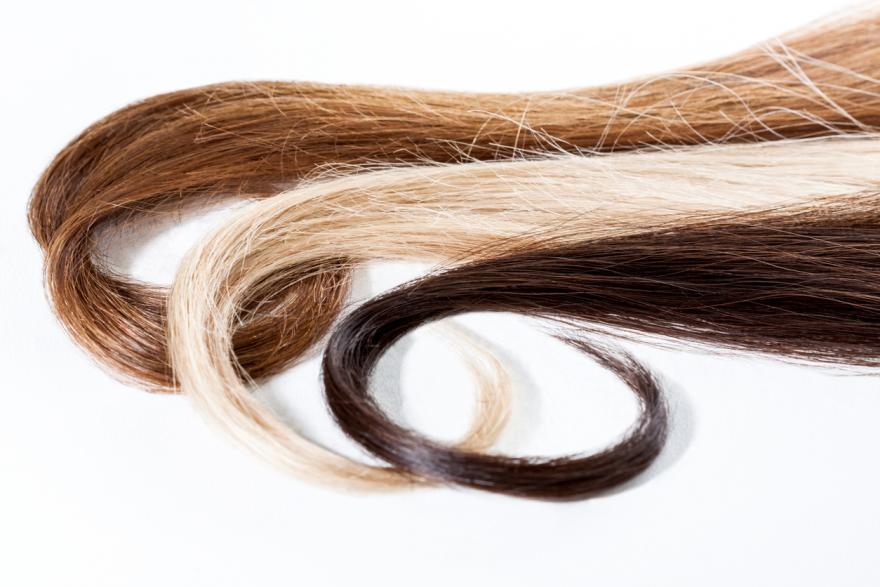Using head hair to test for alcohol abuse is one of the most accurate and established methods available. However, we advise that hair testing should never be used in isolation and should be combined with other testing methods, such as blood testing. When there is a combination of testing methods, the results will be even more accurate.
There are multiple types of testing that can be conducted on hair samples that will determine the levels of alcohol consumed. Hair testing is broken down into two types:
- EtG (Ethyl Glucuronide) – EtG testing is designed to show a change in pattern of alcohol consumption, and it is the most reliable hair test when determining the levels of alcohol consumed. Chemical treatments and bleaching can reduce the levels of EtG.
- FAEE (Fatty Acid Ethyl Esters) – FAEE testing is designed to show the long-term alcohol consumption habit, from 10 months to 2 years. Shampoos, hair waxes, and dyes can lead to a false positive result. Approximately 20% of UK products may affect the hair test result. You can use our Hair Product Alcohol Checker to check which products affect results.
Both tests provide a history of alcohol abuse covering the previous 3 or 6 months depending on the length of hair available. For participants who have less than 3cm of hair, the results must be interpreted with caution. Find out more information about EtG and FAEE testing and the science behind it.
Hair Types
Head Hair
Head hair provides the most accurate picture of alcohol abuse as it grows at the most consistent rate and has been used in hundreds of published studies. Assuming the head hair grows at the rate of 1cm per month, a 3cm section of hair will provide a 3-month window for detection, and 6cm of hair will provide a 6-month window. Any products and chemical treatments used on the hair should be declared as they can affect the results of an alcohol test, and this information can be used by the expert when evaluating the test results.
Body Hair (Arm, Chest)
Body hair can be used to determine excessive alcohol abuse; however, the time period is not as precise as it is with head hair. Various studies have the put the range at 4-8 months and some as far as one year.
Body Hair (Pubic, Axillary)
The scientific community warn against the use of pubic or axillary hair when testing for alcohol, unless the expert takes careful consideration of these. Hair alcohol testing is designed to pick up ethanol and urine has a high concentration of ethanol, therefore testing pubic hair can cause false positive results.
Testing axillary hair is advised against because many deodorants, often applied on axillary hair, may contain ingredients that lead to false FAEE levels. On the contrary, EtG is less incorporated into axillary hair compared to head hair, and therefore the results may provide an underestimation of alcohol abuse.
DNA Legal and Hair Testing
DNA Legal provide accurate hair alcohol tests that are ISO accredited and court-approved. We do not perform hair tests in isolation; they should always be combined with blood testing. By combing two methods of testing, you minimise the chance of a false positive or negative result, heightening the accuracy of the results and providing a clear picture of the level of alcohol consumption. Find more information about our hair alcohol testing and request a quote.

